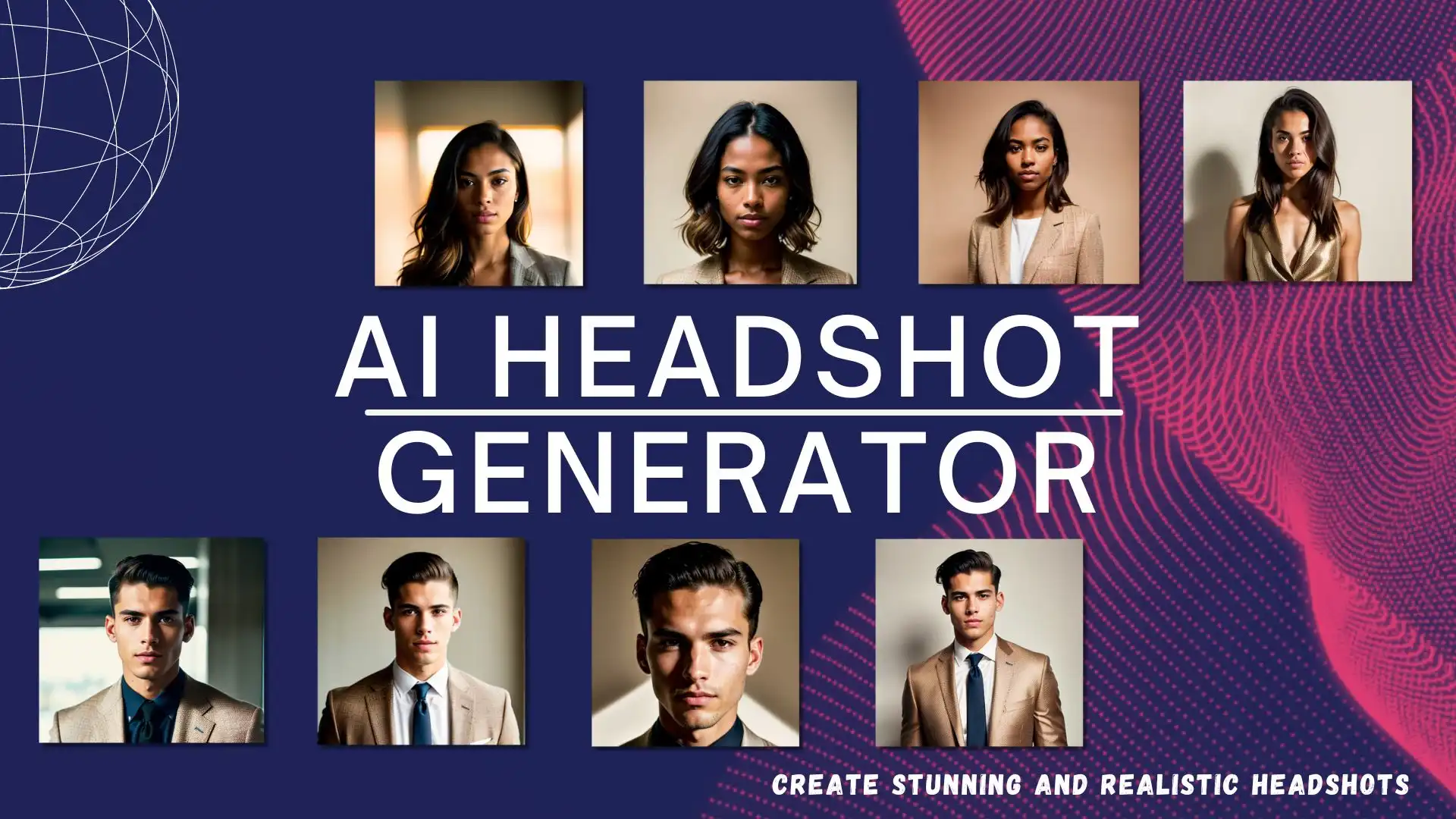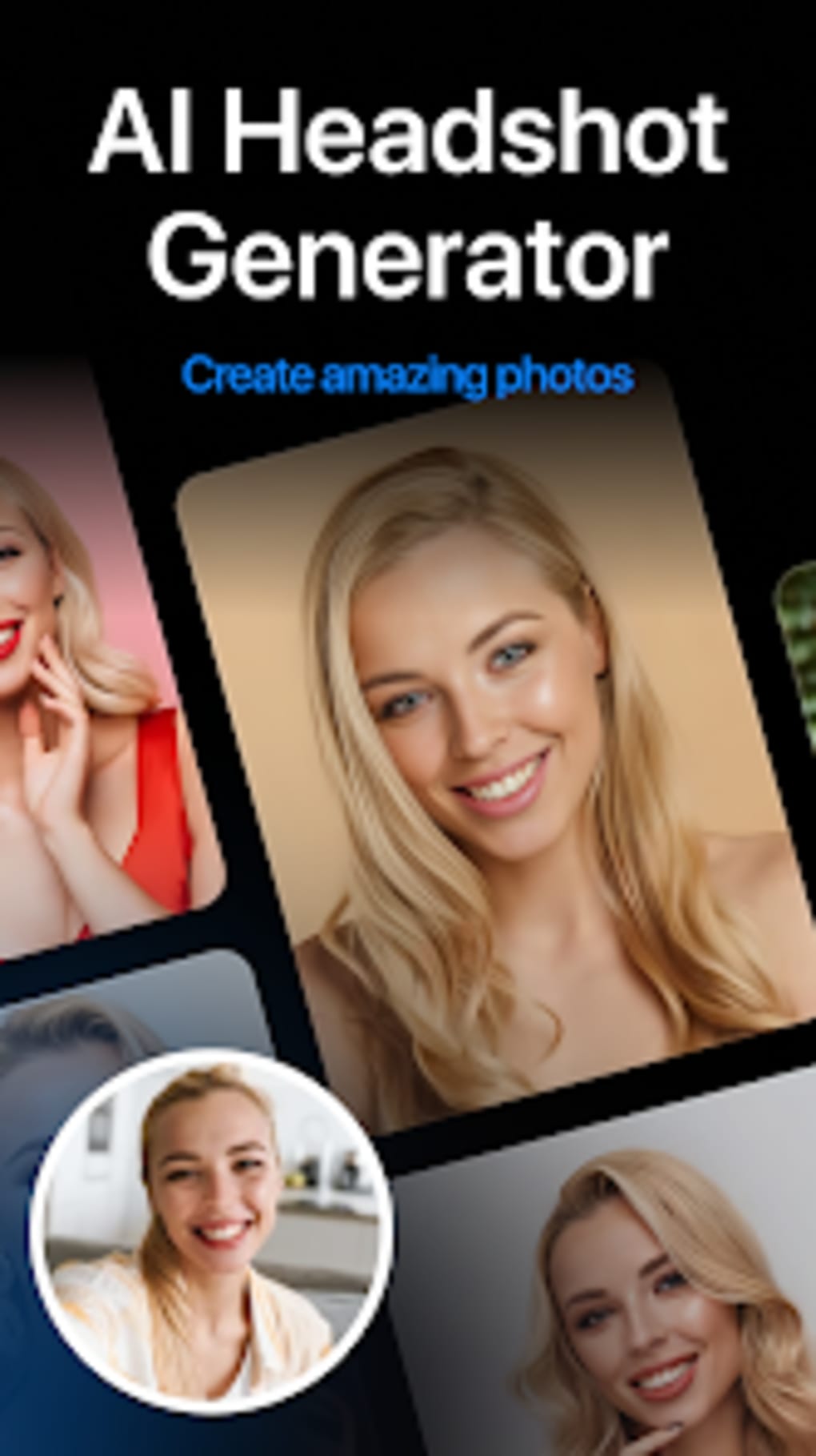The Future of AI-Generated Headshots: A Comprehensive Guide
Introduction
In recent years, artificial intelligence (AI) has made significant strides in various fields, including image generation and enhancement. One of the most intriguing applications of this technology is in the creation of AI-generated headshots. Various platforms offer machine learning models that can generate realistic headshots, showcasing the potential of AI in the realm of digital imagery. In this blog, we will explore the technology behind AI-generated headshots, its applications, ethical considerations, and the future of this innovative field.

Understanding AI-Generated Headshots
What Are AI-Generated Headshots?
AI-generated headshots are digital images of human faces created using machine learning algorithms. These images can be indistinguishable from real photographs, making them useful in various contexts, from professional profiles to marketing materials. Advanced techniques allow users to create unique, high-quality images with just a few clicks.
How Does the Technology Work?
The technology behind AI-generated headshots relies on deep learning, a subset of machine learning that uses neural networks to analyze and generate data. Here’s a simplified explanation of the process:
- Data Collection: The model is trained on a vast dataset of real human faces. This dataset includes diverse images, capturing various ethnicities, ages, and facial features.
- Training the Model: The neural network learns to identify patterns and features in the images. It analyzes the data to understand how different facial attributes combine to create a realistic face.
- Image Generation: Once trained, the model can generate new headshots by combining learned features. Users can input parameters or simply request random headshots, and the model will produce unique images based on its training.
- Refinement: The generated images can undergo additional enhancements, such as adjusting lighting, background, and other elements, to achieve the desired look.
The Role of GANs in Headshot Generation
Generative Adversarial Networks (GANs) are a popular architecture used in AI image generation. GANs consist of two neural networks: the generator and the discriminator. The generator creates images, while the discriminator evaluates them against real images. This adversarial process continues until the generator produces images that the discriminator cannot distinguish from real ones. This technique is crucial in generating high-quality headshots that look authentic. You can watch a detailed explanation of GANs in this video: What are GANs?.
Applications of AI-Generated Headshots
1. Professional Networking
In the age of digital networking, having a professional headshot is essential for creating a strong first impression. AI-generated headshots can provide individuals with high-quality images for their LinkedIn profiles, resumes, and personal websites. This is particularly beneficial for those who may not have access to professional photography services. For tips on creating a great LinkedIn profile, check out this video: How to Create a Great LinkedIn Profile.

2. E-commerce and Marketing
Businesses can leverage AI-generated headshots for marketing purposes. For instance, e-commerce platforms can use these images for product listings, promotional materials, and advertisements. This approach allows companies to create a diverse range of models without the logistical challenges of traditional photography. Learn more about using AI in marketing through this informative video: How AI is Transforming Marketing.
3. Gaming and Virtual Reality
The gaming industry can benefit from AI-generated headshots by creating realistic avatars for players. These headshots can be customized to reflect a player's appearance, enhancing the immersive experience in virtual environments. Explore the role of AI in gaming in this video: AI in Video Games.

4. Entertainment and Media
In the entertainment industry, AI-generated headshots can be used for casting calls, promotional content, and social media campaigns. Filmmakers and producers can quickly generate diverse character representations, streamlining the casting process. For insights into how AI is changing the entertainment landscape, watch this video: AI in Film and Media.
5. Art and Creative Projects
Artists and designers can utilize AI-generated headshots as a source of inspiration or as part of their creative projects. The unique and diverse faces generated by AI can serve as a canvas for artistic expression. Check out this video on how artists are using AI in their work: AI in Art.

Ethical Considerations
While AI-generated headshots offer numerous benefits, they also raise important ethical questions. Here are some considerations to keep in mind:
1. Authenticity and Misrepresentation
One of the primary concerns with AI-generated images is the potential for misrepresentation. Individuals may use these headshots to create false identities or deceive others, particularly in online interactions. It is crucial to establish guidelines for the ethical use of AI-generated images to prevent misuse.
2. Copyright and Ownership
The question of copyright arises when using AI-generated images. Who owns the rights to an image created by an AI model? This issue is still being debated in legal circles, and it is essential for users to understand the implications of using AI-generated content. You can read more about copyright issues in AI-generated content.
3. Bias in AI Models
AI models are only as good as the data they are trained on. If the training dataset lacks diversity, the generated images may reflect biases, leading to underrepresentation of certain groups. Developers must ensure that their models are trained on diverse datasets to promote inclusivity. Learn more about bias in AI and watch this discussion on bias in AI: Understanding AI Bias.
4. Impact on Employment
As AI-generated headshots become more prevalent, there may be implications for photographers and models. While this technology can reduce costs and increase accessibility, it may also disrupt traditional industries. Striking a balance between innovation and preserving jobs is crucial.
The Future of AI-Generated Headshots
The future of AI-generated headshots looks promising, with several trends and advancements on the horizon:
1. Enhanced Realism
As technology continues to evolve, we can expect AI-generated headshots to become even more realistic. Improvements in algorithms and increased computational power will lead to higher-quality images that are indistinguishable from real photographs.
2. Customization and Personalization
Future models may allow for greater customization, enabling users to input specific features or styles they desire. This could include age, ethnicity, hairstyle, and more, resulting in highly personalized headshots that reflect individual preferences.
3. Integration with Augmented Reality (AR)
The integration of AI-generated headshots with AR technology could revolutionize how we interact with digital content. Imagine being able to overlay an AI-generated headshot onto a virtual environment, creating a more immersive experience for users. Watch this video on AR technology for more insights.
4. Wider Adoption Across Industries
As awareness of AI-generated headshots grows, we can expect to see broader adoption across various industries. From healthcare to education, organizations may leverage this technology to enhance their branding and communication efforts.
5. Ethical Framework Development
As the use of AI-generated images becomes more widespread, the development of ethical frameworks and guidelines will be essential. Industry stakeholders, policymakers, and ethicists must collaborate to establish standards that promote responsible use of this technology.
Conclusion
AI-generated headshots represent a fascinating intersection of technology and creativity. As we continue to explore the capabilities of machine learning and image generation, it is essential to consider the ethical implications and potential impact on society. With responsible development and usage, AI-generated headshots can open new avenues for personal branding, marketing, and artistic expression.
In summary, the advancements in machine learning models exemplify the potential of AI in creating realistic headshots. As we look to the future, we can anticipate advancements that will further enhance the quality and applicability of AI-generated images, making them an integral part of our digital landscape. Embracing this technology responsibly will enable us to harness its benefits while mitigating potential risks, paving the way for a new era of visual communication.

No comments: